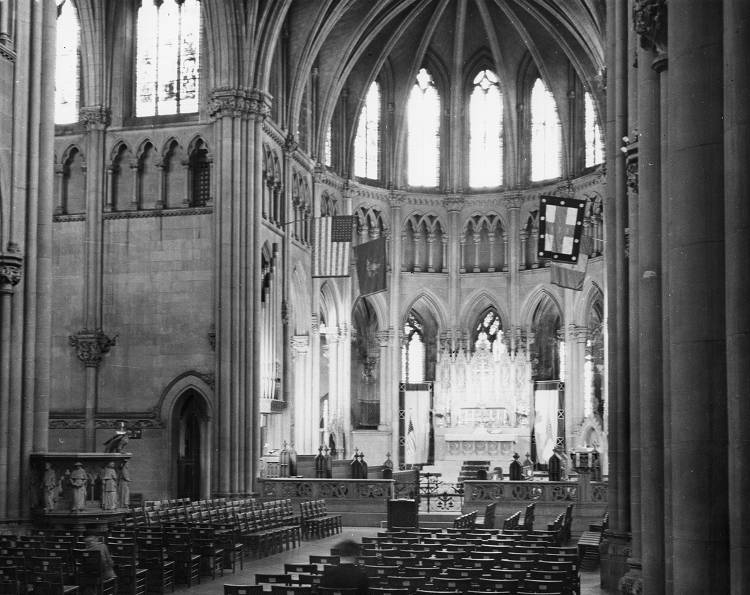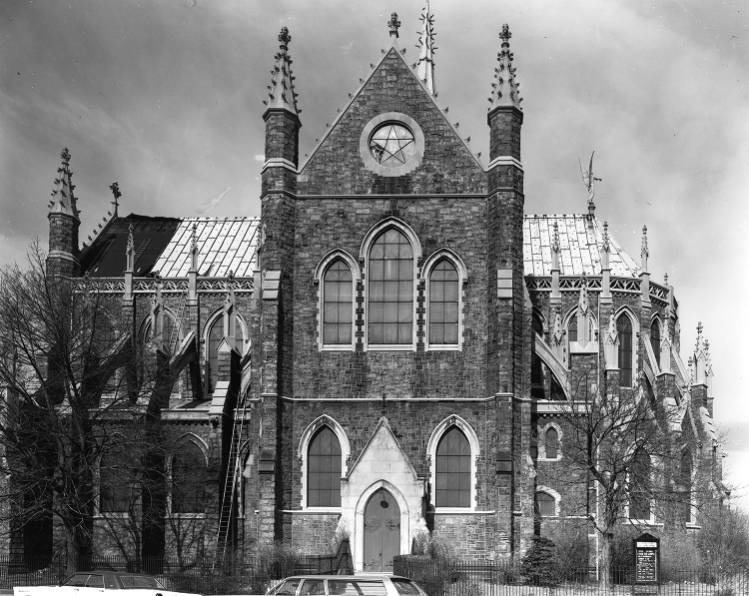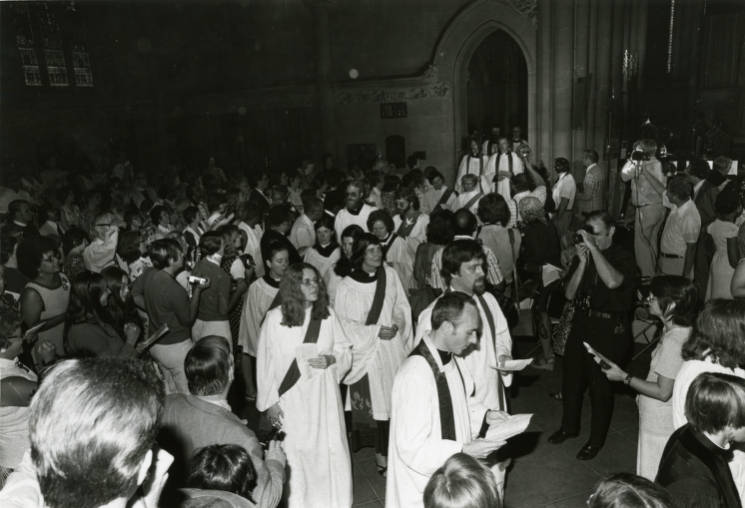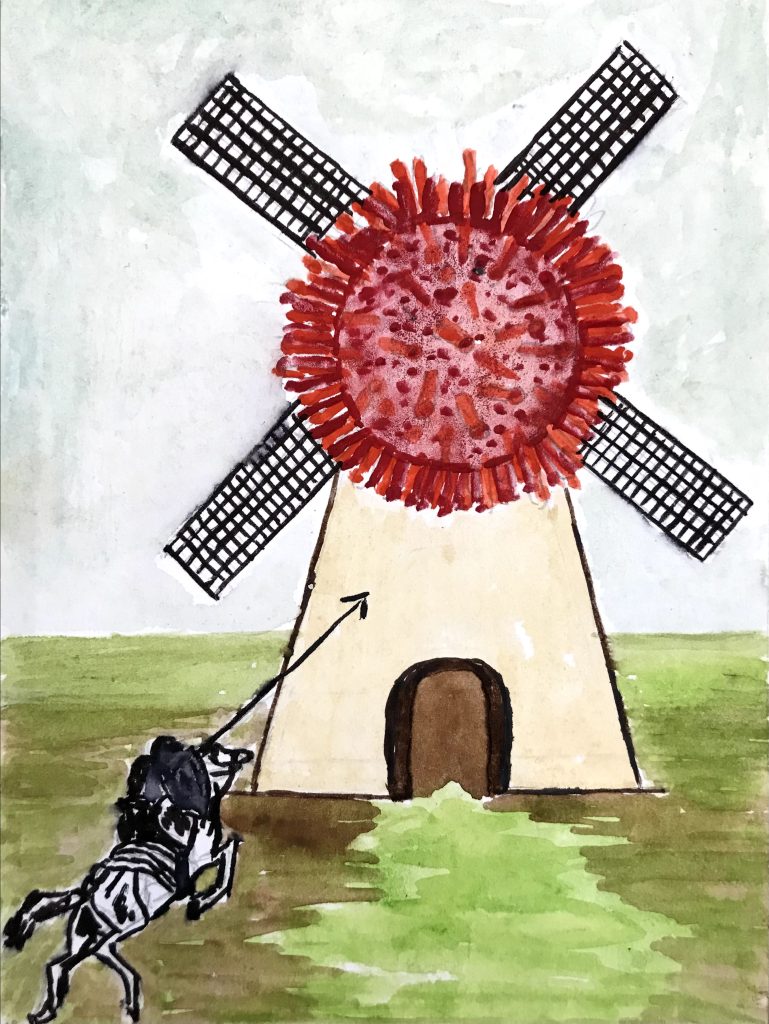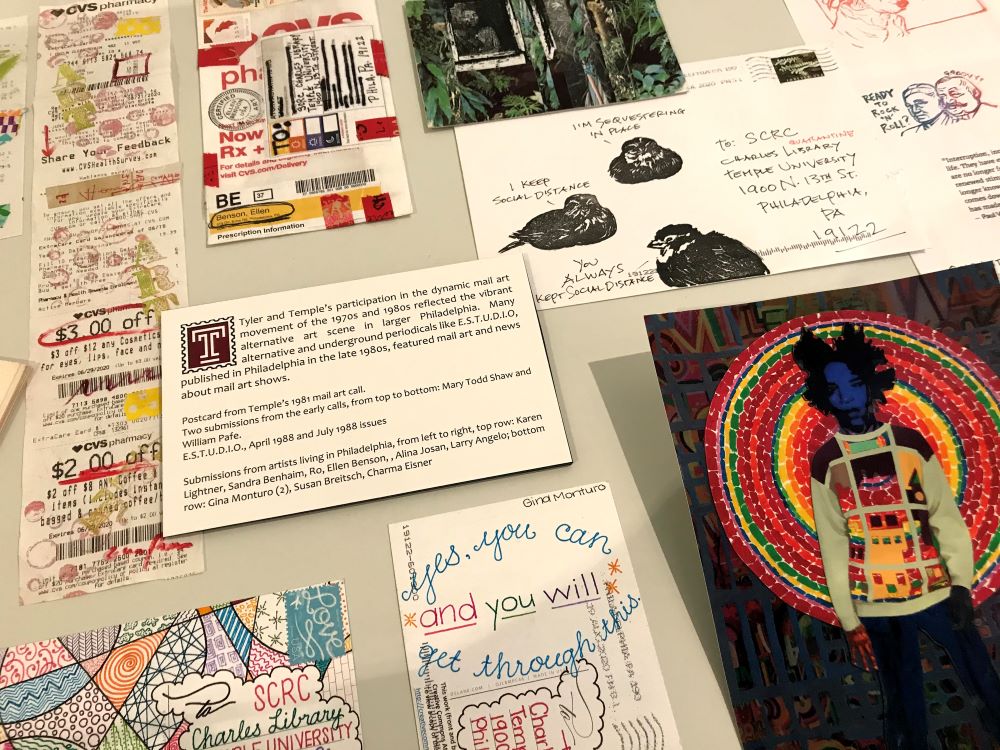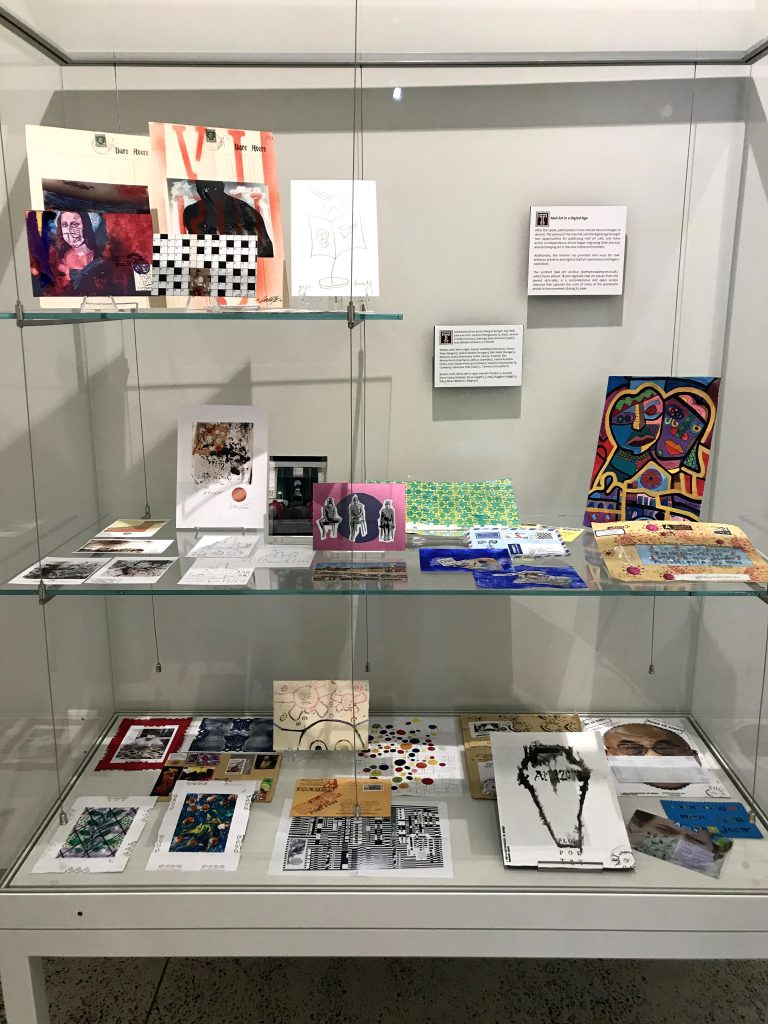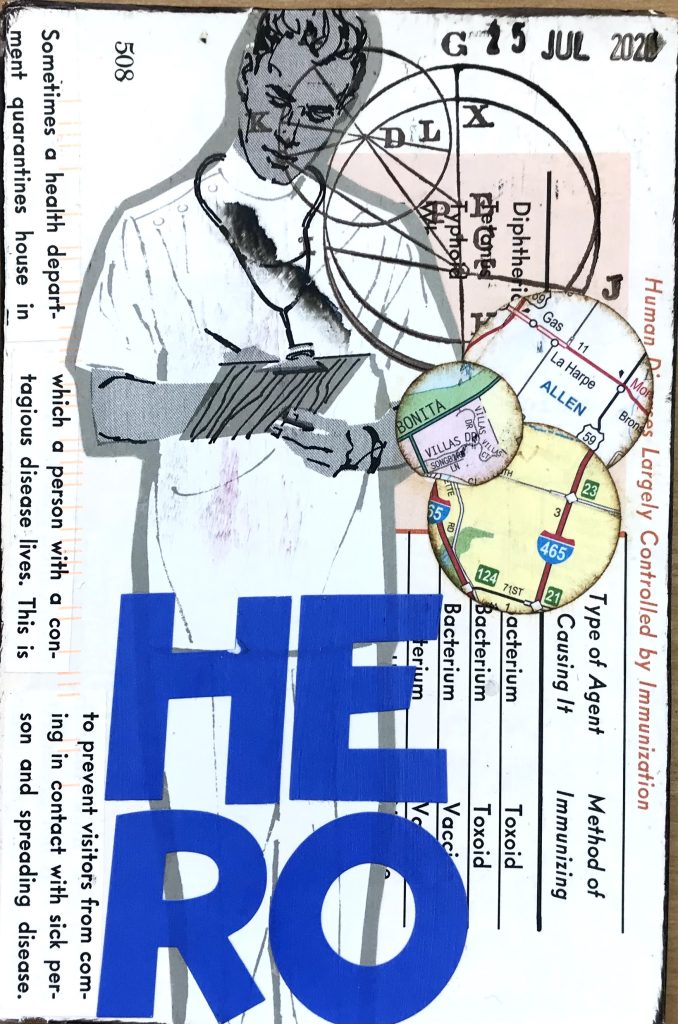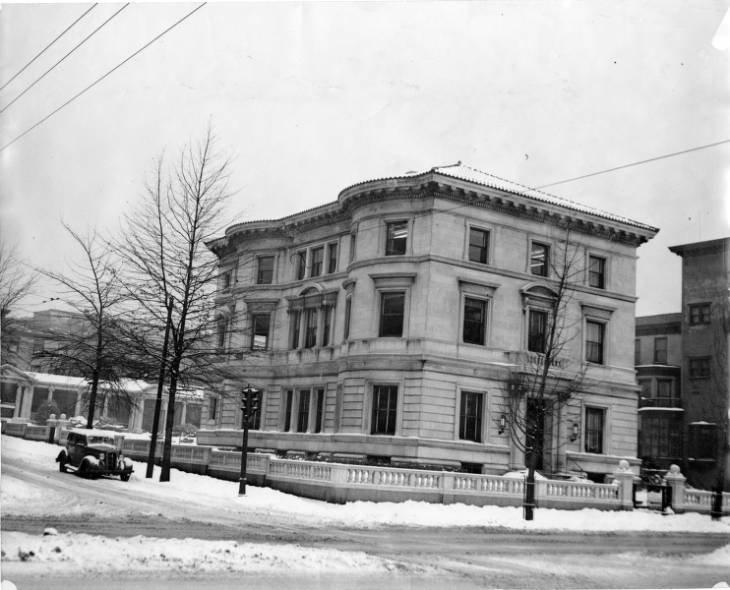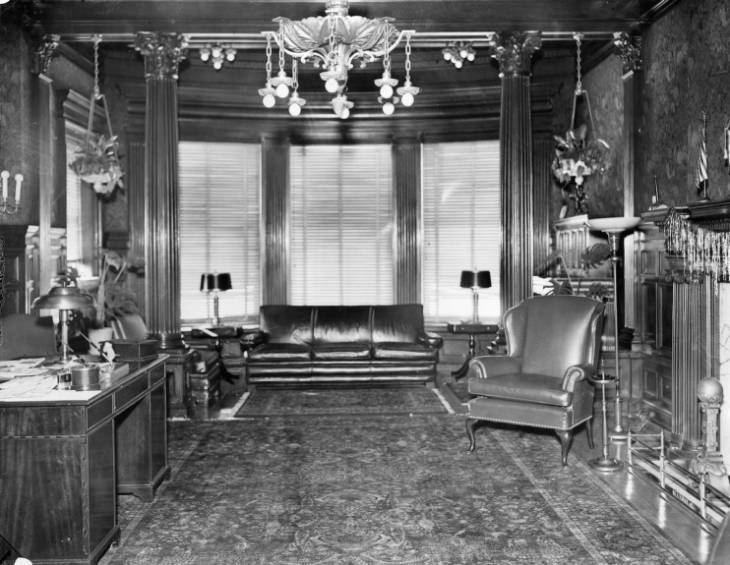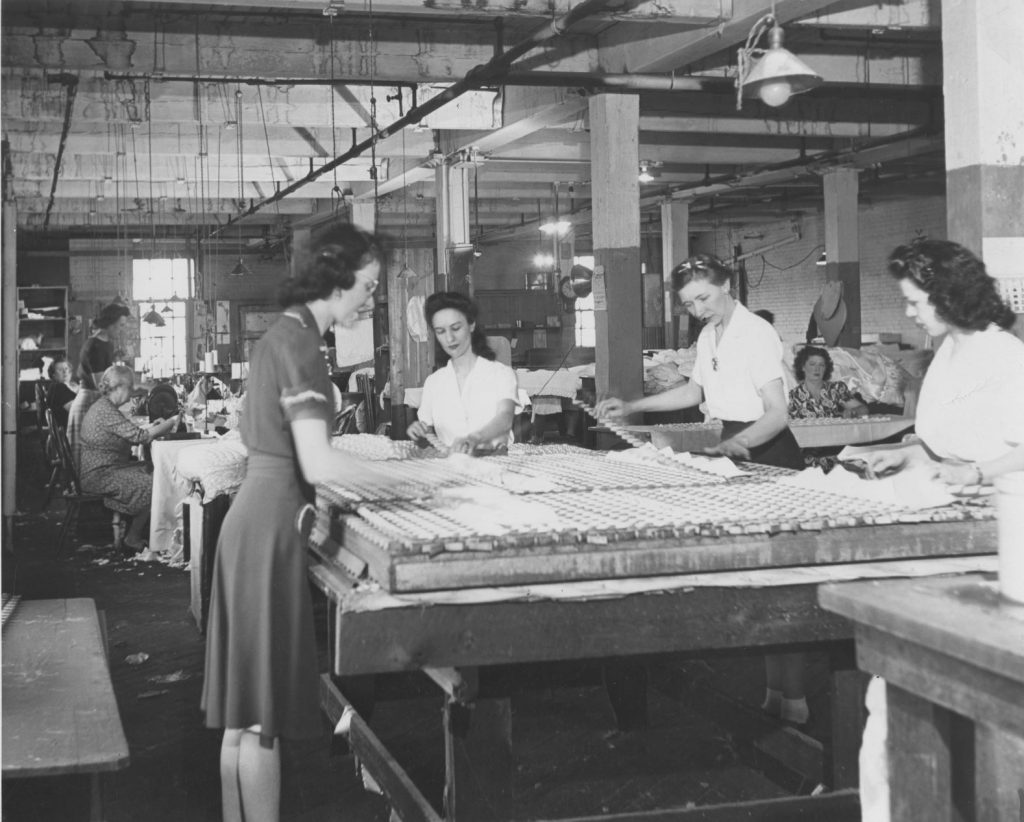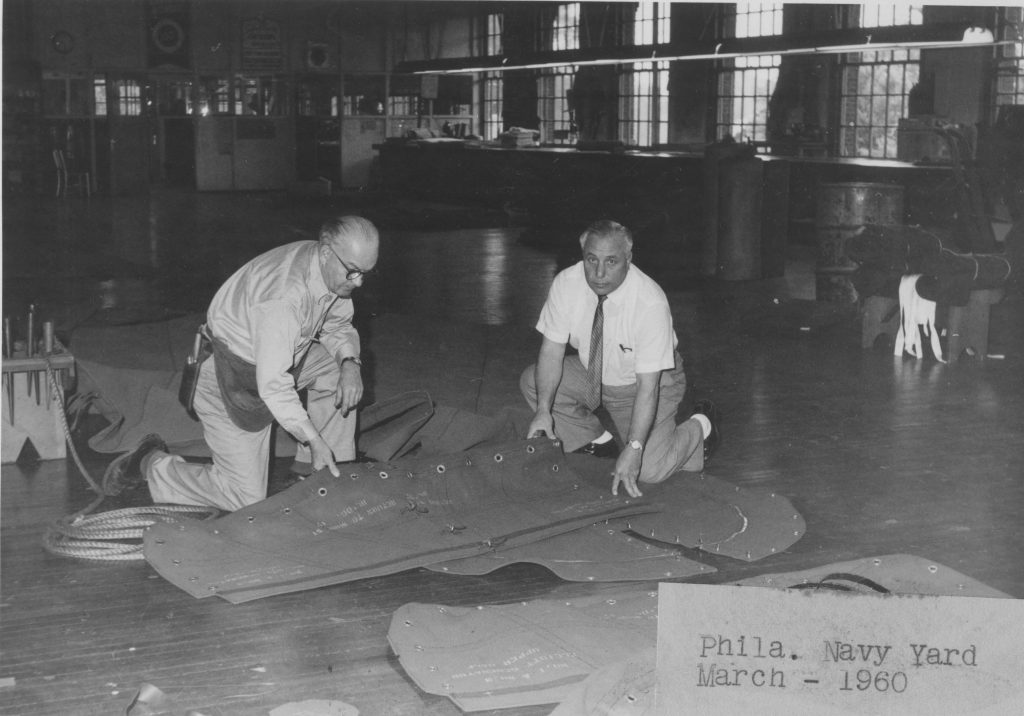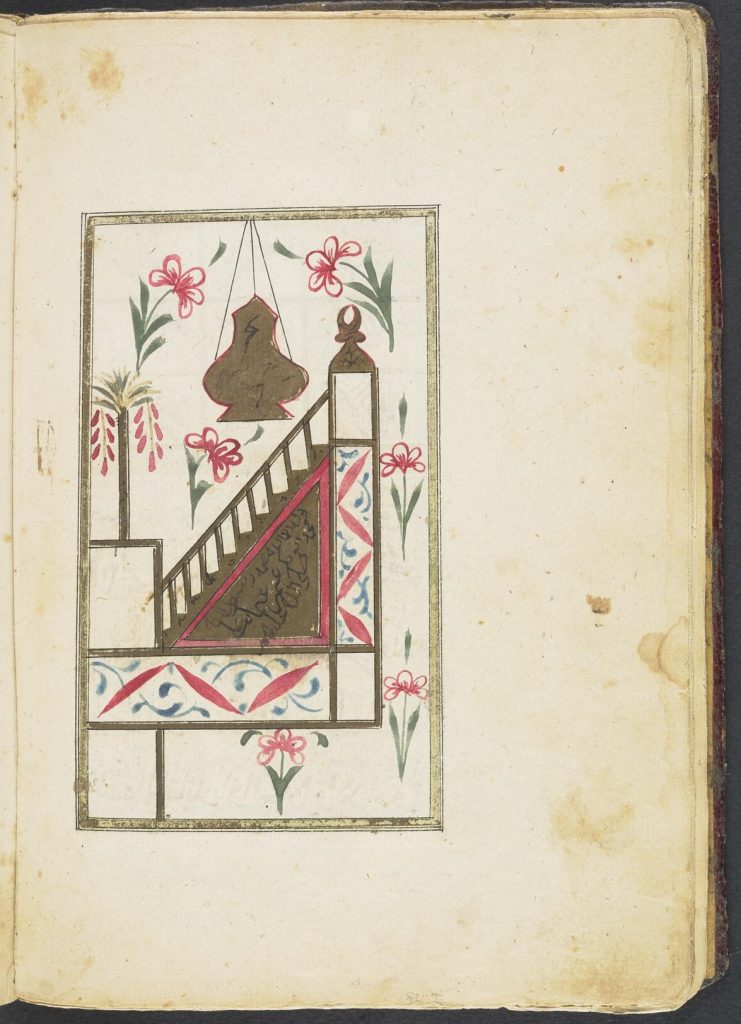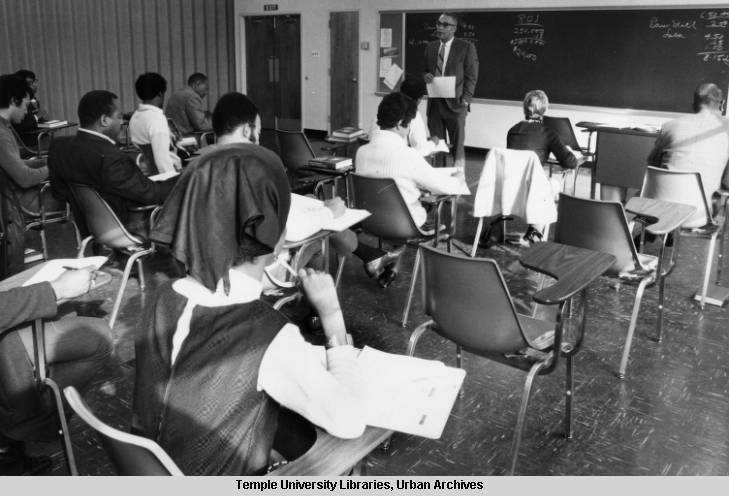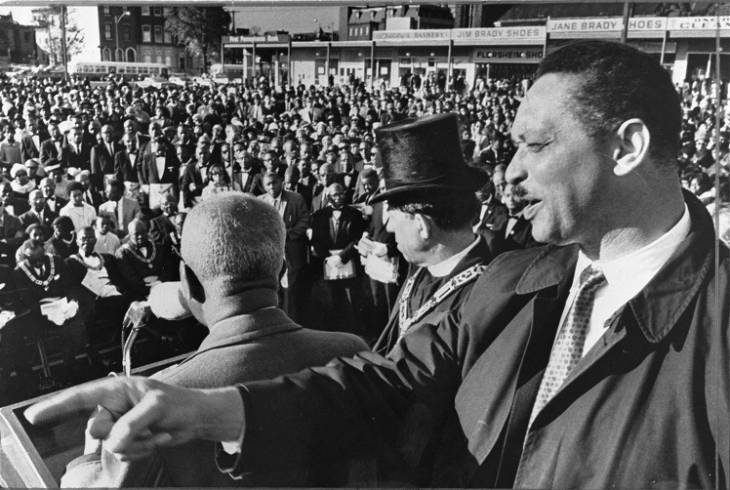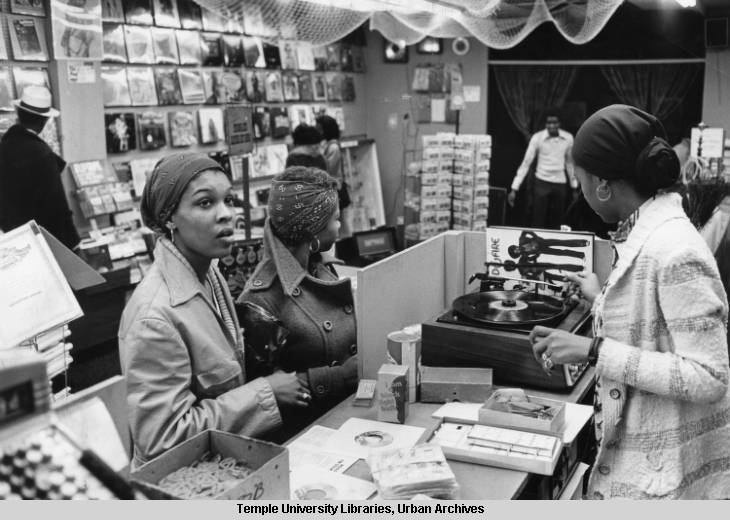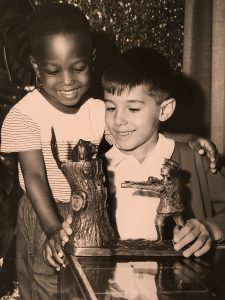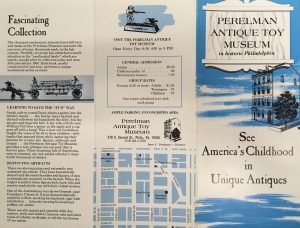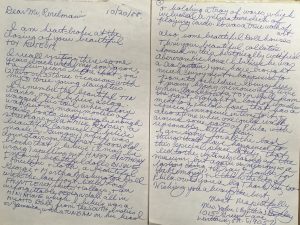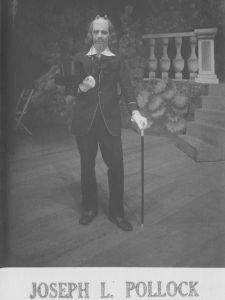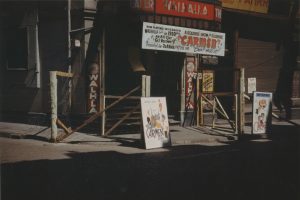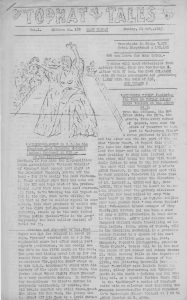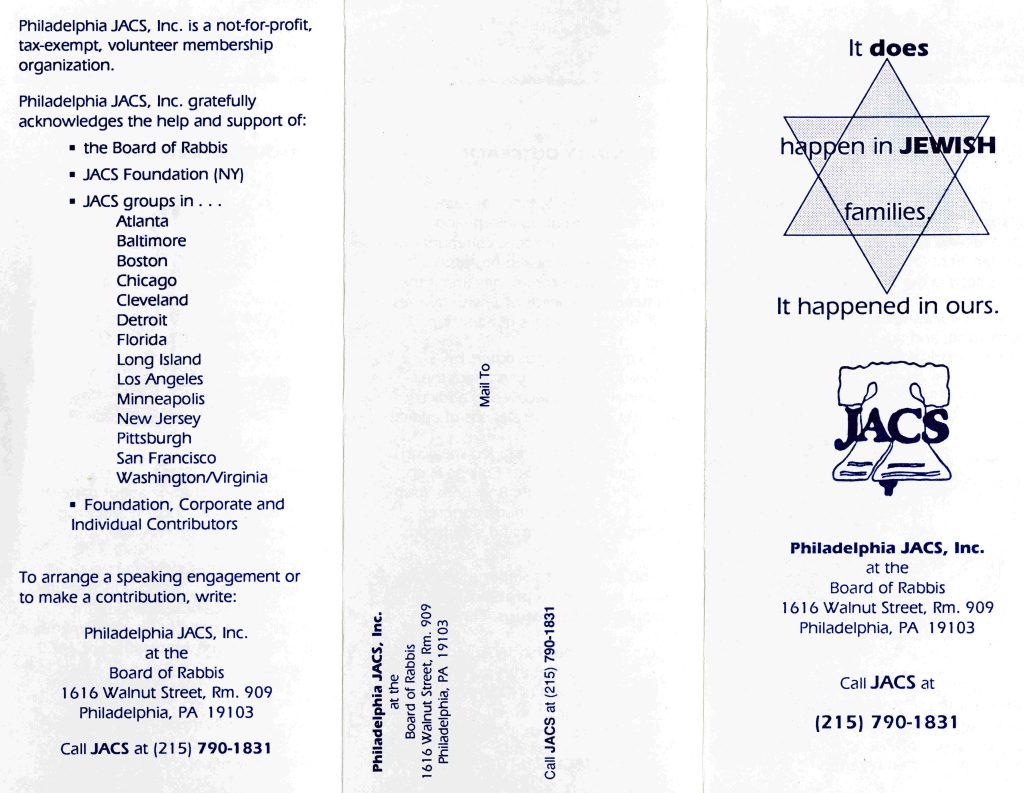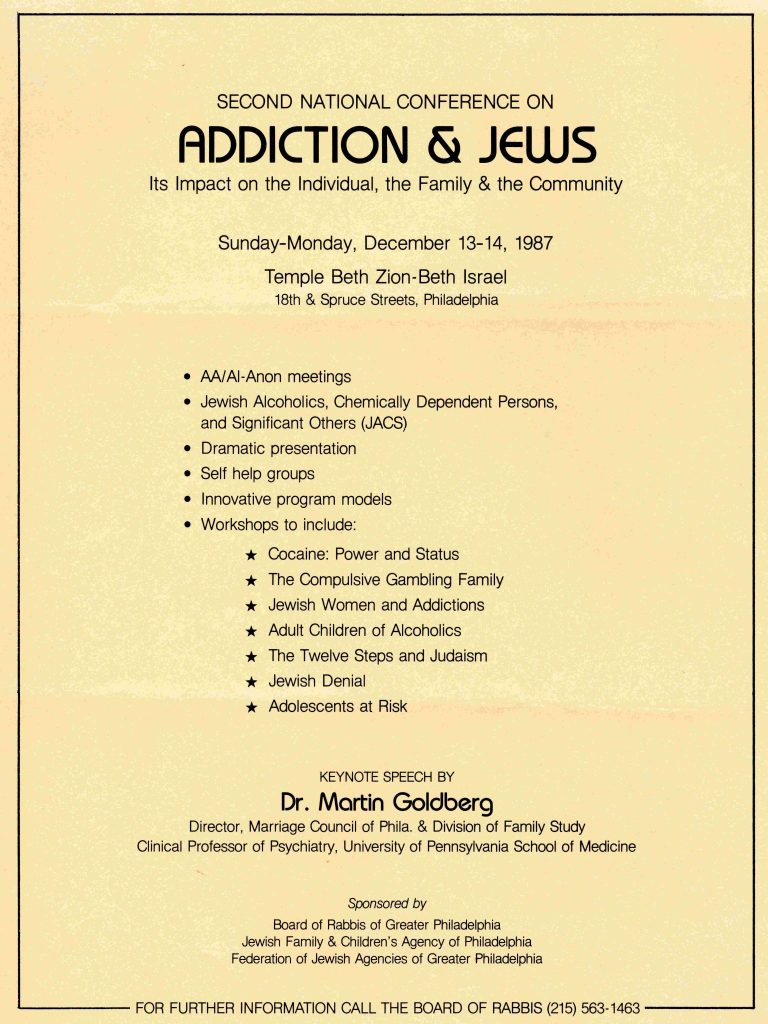The George W. South Memorial Church of the Advocate was built between 1887 and 1897, honoring a Philadelphia merchant and civic leader. Noted church architect Charles M. Burns (1838-1922) designed the impressive structure in the Gothic Revival style, adorned with intricate stone carvings, flying buttresses, and striking stained glass windows. The church compound located at 18th and Diamond Streets in North Philadelphia included a chapel, parish house, clergy residence and baptistery.
From its founding, the church leaders believed that religion should be “free for all time” and eliminated the widespread practice during that period of renting pews. This action made it possible for parishioners to attend services regardless of financial or social status. The church also provided missionary services to a growing middle and working-class immigrant community that lived and worked in the surrounding neighborhood. During the 1950s, the evolving social and economic factors in Philadelphia would eventually lead to a change in the church’s social mandate to address the needs of a previously white but now predominantly African American community in North Philadelphia.
Paul M. Washington served as rector for the Church of the Advocate from 1962 until his retirement in 1989. Under his leadership, the church played a significant role in the civil rights movement in Philadelphia. The church hosted major events including the Third National Conference on Black Power in 1968, the Black Panther Party Convention in 1970, and the rally to raise money for the Angela Davis Defense Fund in 1971. The church also offered a variety of social services and outreach programs to the surrounding neighborhood including The Advocate Café (soup kitchen) established in 1983 to provide meals and coordinate the distribution of gently used clothing to those in need.
In support of women’s rights, the Church of the Advocate hosted the ordination of the first eleven women deacons into the Episcopal Church priesthood on July 29, 1974. Episcopalian leadership mounted a challenge to the legitimacy of the ordination which ultimately failed under worldwide public scrutiny and mounting pressure from women’s advocacy groups. The ordination of women priests was approved at the denomination’s General Convention in 1976. Barbara Harris who served as a senior warden at the Church of the Advocate during that historic service would eventually become the first woman consecrated as a bishop in the Anglican Communion in 1989
Between 1973 and 1976, Reverend Washington commissioned local Black artists Walter Edmonds and Richard Watson to paint fourteen murals installed in the main sanctuary. These murals depict scenes from slavery to the civil rights movement and offered a connection between biblical themes and the Black experience in Africa and America.
The church building was added to the National Register of Historic Places in 1980, and designated a National Historic Landmark on June 19, 1996.
Church of the Advocate remains a showpiece of architectural design with a legacy of social activism amid the ever-changing landscape of North Philadelphia communities.
–Brenda Galloway-Wright, Associate Archivist, Special Collections Research Center
Photographs from the Philadelphia Evening Bulletin Photograph Collection, SCRC, digital.library.temple.edu
